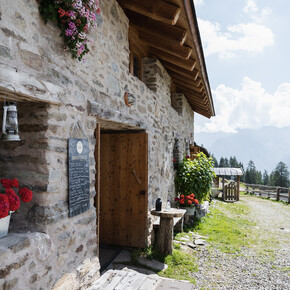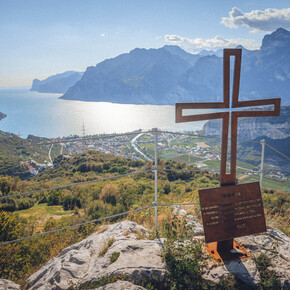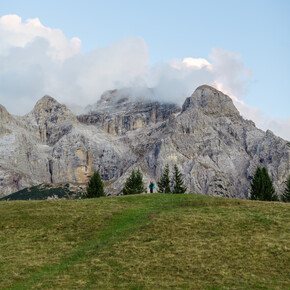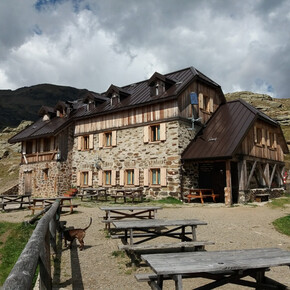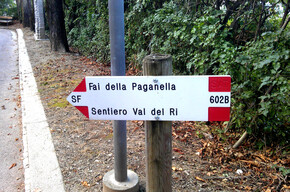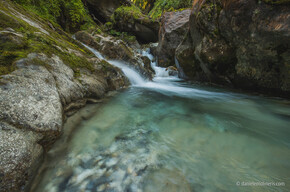On the traces of Trento Stones
Mountain tour • Valsugana, Lagorai, Vigolana and Valle dei Mocheni
On the traces of Trento Stones
Departure from Port'Aquila di Trento with a positive difference in height of about 400m after traveling 6 km.
From the time of the Roman Empire until the mid-1900s, the city of Trento was built of stone, taken mainly from the Cognola hill and from the Calisio mountain that dominates it to the east, a precious mountain that in the past gave, in addition to stone limestone extracted from quarries, silver from mines and for this reason it is also called Monte Argentario. More important than the precious metal, however, were perhaps the stones themselves: calcareous rocks of white, gray and red color of the lithological formation of Rosso ammonitico. Rocks with which the prince-bishop Bernardo Clesio gave impetus, towards the middle of the sixteenth century, to the reconstruction of the city and its transformation into Renaissance Trento which still today is shown in the palaces, tower-houses, churches and the Cathedral of Trento. The proposed itinerary takes us from the city of Trento to the Argentario Ecomuseum going up from Piazza Venezia (Port'Aquila) along the Saluga stairs on the Trento hill, touching the sites of the ancient "predare" (stone quarries) and reaching as final destination the open-air museum of the Pila Quarries, near the town of Villamontagna. In the quarries of Pila the signs of the mining activity of the past are visible, such as the ancient quarry fronts, the buildings and infrastructures to support the activity; all explained by illustrative panels and historical photographs. The itinerary to reach Pila can also be covered in the opposite direction, all downhill, reaching Villamontagna with the urban bus departing from the Piazza Venezia stop (departures every 20 minutes) and then walking backwards until reaching Venice plaza. The overall length of the itinerary is about 6 km with an uphill altitude difference of 380 m and a travel time of about 2 hours.


